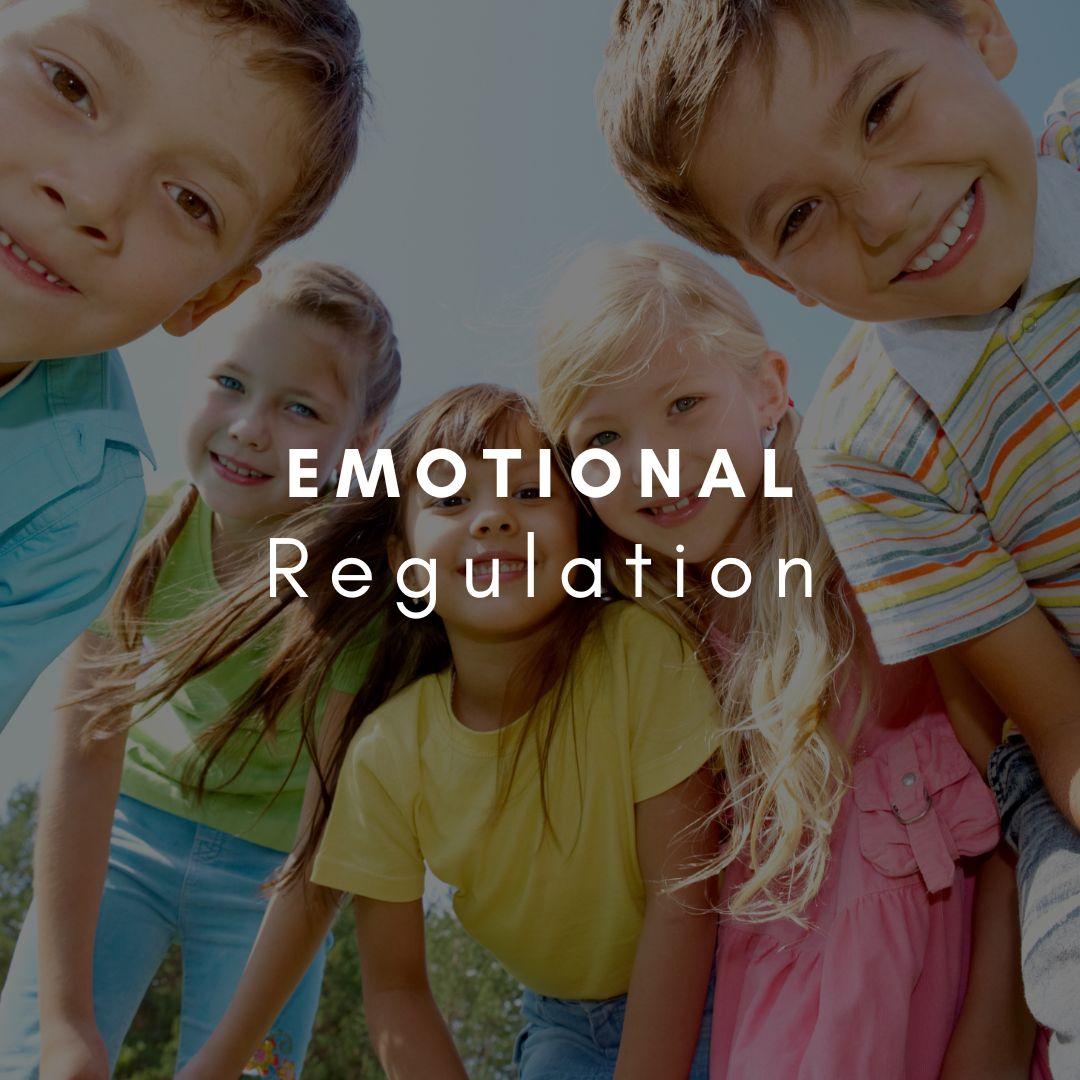Managing tantrums in children with autism spectrum disorder (ASD) requires understanding, consistency, and targeted interventions. While tantrums are a common behavioral challenge in early childhood, they can be especially intense or frequent in children with autism due to unique communication and sensory needs. Applied Behavior Analysis (ABA) offers evidence-based techniques to understand the reasons behind tantrums and to implement strategies that reduce their frequency and intensity. This approach can empower both caregivers and children, teaching effective ways to communicate and respond to frustration or unmet needs.
Understanding Tantrums in Children with Autism
Tantrums are typically characterized by behaviors such as crying, screaming, hitting, or throwing objects and often occur when a child is frustrated or unable to achieve a desired outcome (Cooper et al., 2020). While tantrums may seem similar to meltdowns, the two behaviors have distinct differences. Tantrums are goal-oriented behaviors — that is, the child is often seeking a specific outcome, like gaining attention, obtaining an item, or escaping an undesired activity (Carr & Durand, 1985). Children with autism may struggle to express their needs or frustrations verbally, leading to tantrums as a form of communication. ABA can help identify the triggers and underlying functions of tantrums, allowing for targeted interventions that replace these behaviors with more appropriate forms of communication.
Conducting a Functional Behavior Assessment (FBA)
A Functional Behavior Assessment (FBA) is a systematic process used in ABA to identify the reasons behind a child’s tantrums. The FBA involves observing the child’s behavior in different situations to determine what triggers the tantrum (antecedents) and what the child gains from the behavior (consequences). Common functions of tantrums include seeking attention, escaping a task, accessing a preferred item, or reacting to sensory needs (Hanley, 2010). For example, a child may throw a tantrum to avoid a non-preferred activity, like cleaning up toys. The FBA provides insight into the purpose of the behavior, which is essential for creating effective intervention plans that address the root cause of the tantrum.
Developing Proactive Strategies to Prevent Tantrums
Once the FBA reveals the function of a tantrum, proactive strategies can be developed to prevent tantrums from occurring. One effective approach is modifying the environment to minimize known triggers. For instance, if a child often has tantrums when transitioning between activities, providing a visual schedule can help them understand what to expect next, reducing anxiety and frustration (Dettmer et al., 2000). Visual schedules and timers are helpful tools that allow children to anticipate changes, making transitions smoother and less likely to provoke a tantrum.
Teaching children functional communication skills is another critical component in reducing tantrums. Functional Communication Training (FCT) replaces challenging behaviors with appropriate forms of communication, giving children a way to express their needs without resorting to a tantrum. For example, if a child often has tantrums to gain access to toys, they can be taught to use simple words or gestures, such as saying “play” or using a picture of the toy they want (Carr & Durand, 1985). FCT empowers children with autism by providing them with tools to communicate their needs in a way that is both effective and appropriate.
Reinforcement of Positive and Alternative Behaviors
Reinforcement is a cornerstone of ABA and plays a central role in managing and reducing tantrums. Positive reinforcement involves providing a reward — such as praise, a preferred activity, or a tangible item — immediately after the child demonstrates a desirable behavior, increasing the likelihood of that behavior recurring (Cooper et al., 2020). For example, if a child asks for a toy instead of having a tantrum, immediate praise or access to the toy reinforces this positive communication. By consistently reinforcing the desired behavior, children learn that they can achieve their goals without resorting to tantrums.
Differential reinforcement is another effective ABA strategy, which involves reinforcing behaviors that are incompatible with tantrums or reinforcing alternative behaviors that meet the same need. For example, if a child’s tantrum serves as a way to escape an undesired task, reinforcing small efforts to participate in the task instead can help them build tolerance. This approach can also be combined with offering breaks or reinforcing the completion of small, manageable steps, allowing the child to gradually build up to completing the full task without triggering a tantrum (Fisher et al., 2000).
Teaching Self-Regulation and Coping Skills
ABA also focuses on teaching children with autism skills for self-regulation, which can be particularly useful in preventing tantrums. Self-regulation skills help children manage their emotions, reduce frustration, and build resilience in challenging situations. One way to teach self-regulation is by introducing calming techniques such as deep breathing, counting, or using a sensory tool like a stress ball or weighted blanket. Practicing these skills during calm moments helps the child learn how to use them when they start to feel frustrated.
Self-monitoring and visual aids are also effective for supporting self-regulation. Self-monitoring involves teaching children to recognize their emotional state and take proactive steps to calm down if they feel overwhelmed. For example, a child could use an “emotion thermometer” visual to communicate their feelings, helping them to see when they are approaching a point of frustration. Visual cues and self-monitoring charts are useful tools for helping children with autism identify and manage their emotions, reducing the likelihood of a tantrum (Wehmeyer, 2013).
Responding to Tantrums in the Moment
Even with preventive measures in place, tantrums can still occur. During a tantrum, it’s essential for caregivers to remain calm, avoid reinforcing the behavior, and prioritize safety. Using a calm and neutral tone can help de-escalate the situation, while minimizing eye contact and verbal interaction prevents accidental reinforcement of the tantrum. ABA practitioners often recommend planned ignoring as a way to address attention-seeking tantrums, where the caregiver briefly withholds attention until the child is calm and then reinforces more appropriate behaviors (Lerman & Vorndran, 2002).
When the child begins to calm down, offering choices can sometimes redirect their focus and give them a sense of control. For instance, if a child was frustrated by being denied a preferred activity, giving them a choice between two other acceptable activities can help them regain composure. Once the tantrum has fully subsided, the caregiver can use the opportunity to reinforce alternative behaviors that the child could use in the future to express their needs or frustrations.
Maintaining Consistency Across Environments
Consistency is a crucial factor in effectively managing tantrums. ABA strategies are most effective when applied consistently across different environments, such as at home, school, and in the community. Collaborating with teachers, therapists, and other caregivers ensures that all adults respond to the child’s behavior in the same way, providing predictable consequences that reinforce positive behaviors. This consistency helps the child generalize their new skills, recognizing that appropriate communication and coping strategies are expected and rewarded in all settings (Stokes & Baer, 1977).
Conclusion
Using ABA-based strategies to manage tantrums in children with autism involves a proactive and
compassionate approach that focuses on identifying the purpose of the tantrum, modifying the environment, and teaching effective communication and coping skills. Conducting a Functional Behavior Assessment (FBA) is a foundational step that helps caregivers understand why tantrums occur, which in turn informs the development of tailored interventions. By reinforcing positive behaviors, teaching self-regulation, and maintaining consistency across settings, caregivers and therapists can support children in reducing tantrums and building healthier responses to frustration and unmet needs. This approach not only improves the child’s quality of life but also fosters a more harmonious environment for families and caregivers.





